Leaving: Pine Bluff, Arkansas -12.5%

Pine Bluff is known for being one of the lower-income areas in Arkansas, and citizens have had enough of it. The residents have been leaving the town for the last couple of decades. In 2010, the population was 100,258, but the 2020 estimate is 87,751. This is a -12.5% change in population.
Pine Bluff had reached its population peak of 57,400 in 1970 but saw a decline in 1980. By 1990, the population went back up to 57,100 before gradually declining. It is now the fastest shrinking city in the United States.
Leaving: Danville, Illinois -9.1%

Danville Illinois is showing a notable 9.1% decline in growth. Of the most populous metropolitan areas in Illinois, this is the worst of them all and the second-worst in the country.
Danville, Illinois had a population of 81,625 in 2010, and in 2020, it had a population of 74,188. Danville was founded in 1827 and was 60 acres of land donated by Guy W. Smith and another 20 acres donated by Dan W. Beckwith. By 1850, the population was 736.
Leaving: Beckley, West Virginia -7.9%
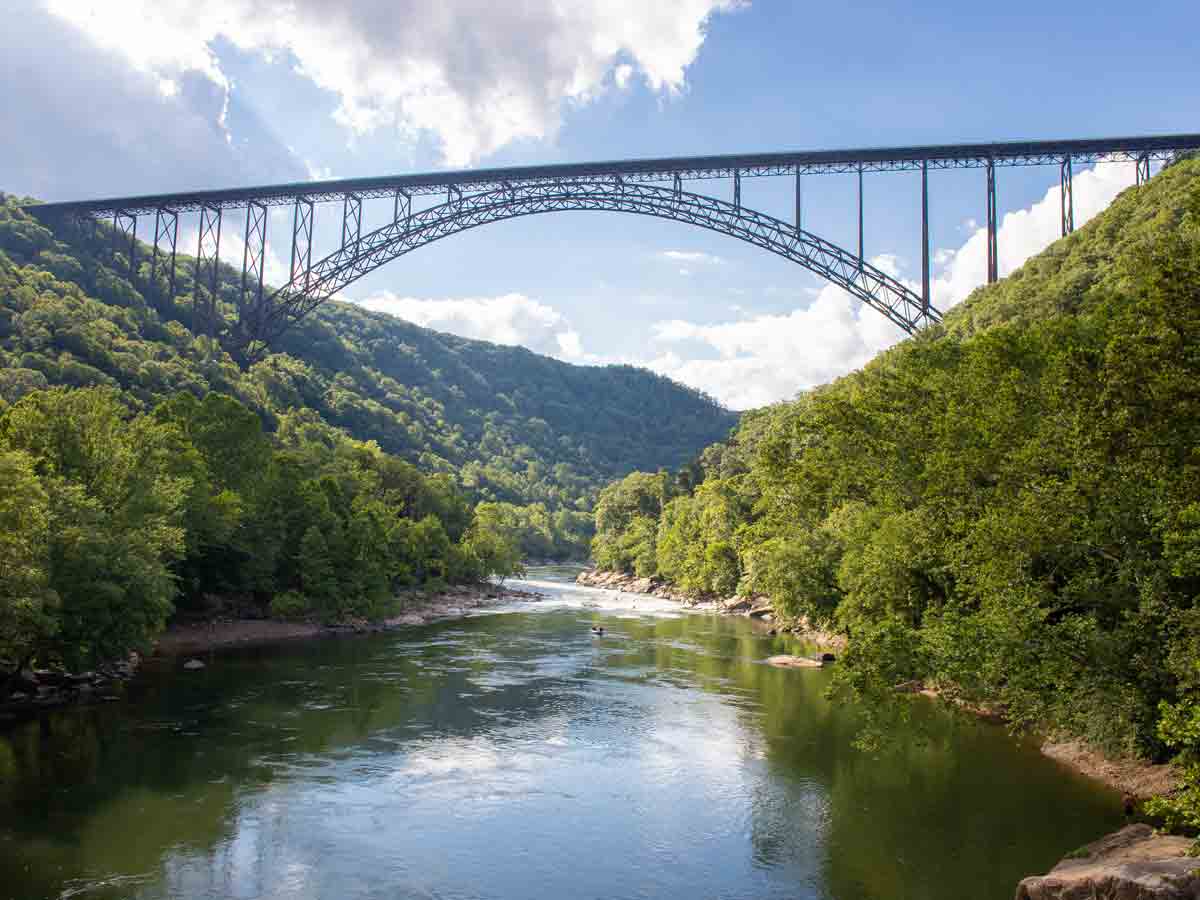
Beckley, West Virginia is in the county of Raleigh in West Virginia. It was founded in 1838. It was once home to many indigenous peoples until they were displaced by European settlers. By 1880, the population was at 144.
Beckley, West Virginia had a population of 124,898 in 2010, and in 2020, it had a population of 115,079. This shows a -7.9% change in population, which is a clear decline that may likely continue going forward as we in towards 2030.
Leaving: Johnstown, Pennsylvania -7.1%
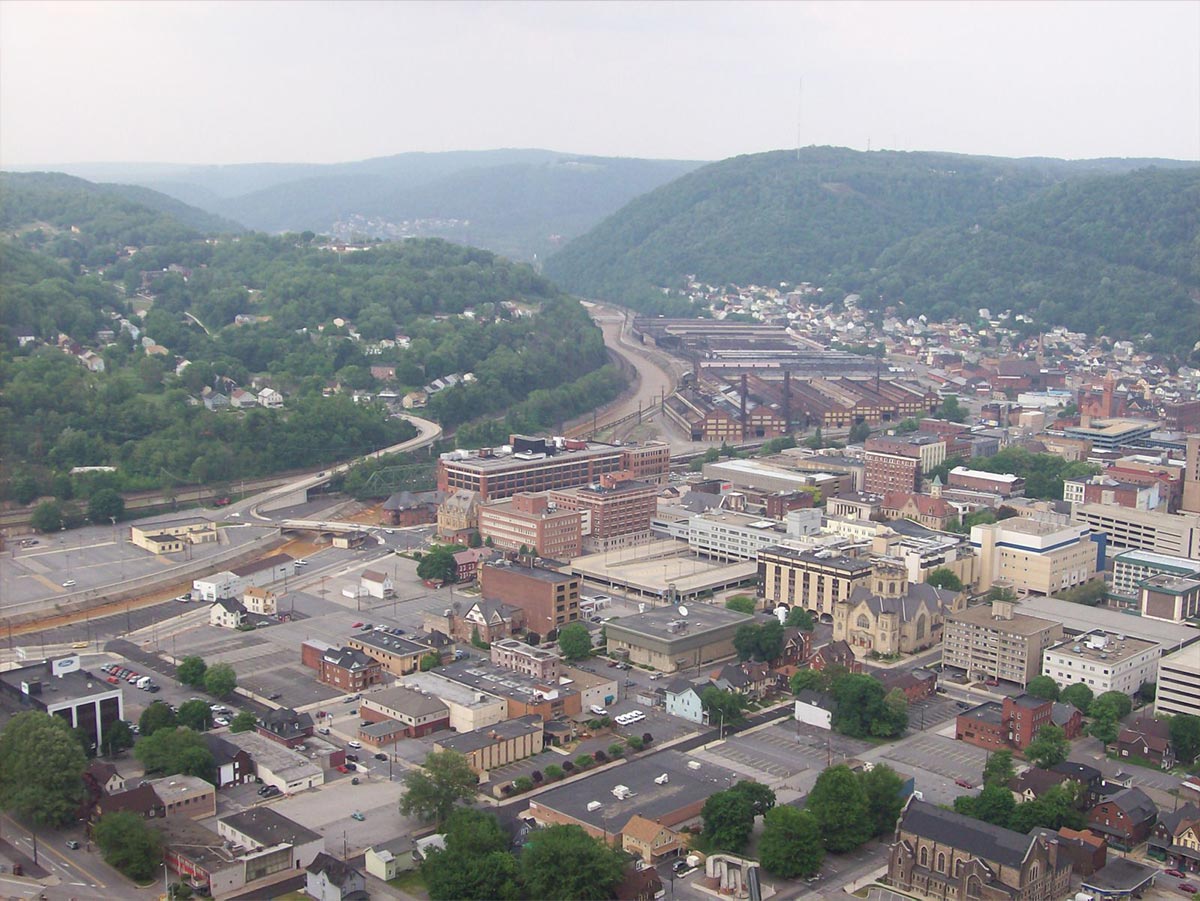
Johnstown, Pennsylvania had a population of 143,679 in 2010 according to the Census Bureau which decreased to 133,472 by 2020. Overall, there was a 7.1% decrease in the state’s population.
Johnstown, Pennsylvania is a city in Cambria County, Pennsylvania. It is 56 miles east of Pittsburgh. The city’s history is one of perseverance, as the city has gone through three major floods since it was settled in 1770.
Leaving: Kahului-Wailuku-Lahaina, Hawaii -6.4%

The Kahului-Wailuku-Lahaina metro area of Hawaii represents a population growth of about 6.4%. The area encompasses the entire Island of Maui, yet it is one of the smallest metropolitan areas in the country.
Kahului-Wailuku-Lahaina, Hawaii had a population of 154,834 in 2010, according to the Census Bureau. In 2020, the population rose to 164,754. Growth is on the lower side likely due to a higher cost of living and a somewhat high unemployment rate at around 12%.
Leaving: Farmington, New Mexico -6.4%

Farmington, New Mexico has had a 6.4% drop in its population since 2010. In 2020, the population was recorded as 121,661. When you compare that to 2010, when the population was 130,044, that’s a pretty significant decrease.
Farmington, New Mexico in San Juan County is one of four metropolitan statistical areas, where population is most dense. The areas historical population reached its peak in 2010, so it difficult to determine whether this drop will be a trend come 2030.
Leaving: Weirton-Steubenville, Ohio -6.1%

Weirton-Steubenville, Ohio’s population has dropped 6.1% since 2010. In 2010, the population was 124,454 and now its around 116,903 according to the US Census Bureau’s statistical data.
The Weirton-Steubenville, Ohio area is located in the Upper Ohio Valley. The population number for 2000 was at 132,008, showing that the area is in further decline. Can it recover? I guess we’ll see.
Leaving: Elmira, New York -5.3%

Elmira, New York had a population of 88,830 in the year 2010. That number decreased in 2020, where the population had changed to 84,148. This was a decrease of 5.3%, making it the fastest shrinking city in the state.
Elmira, New York is the largest city in Chemung County. The area was originally inhabited by the Cayuga nation indigenous tribes until European settlers in the fur trade joined the area as well.
Leaving: Saginaw, Michigan -5.0%

Saginaw, Michigan has a population of 200,169 in the year 2010. This decreased in 2020 by 5.0% when the population dropped to 190,124. That’s about 10,000 fewer people in the area.
Part of Saginaw County, the city of Saginaw was a thriving lumber town in the 19th century and would become an industrial center in the 20th century.
Leaving: Muncie, Indiana -4.9%

Muncie, Indiana has also seen a significant drop in its population. The statistical area had a 4.9% drop from 2010 to 2020, which shows the city has a lot of work to keep residents from leaving.
In 2010, the population was at 117,671 and in 2020, it was at 111,903. The incorporated city of Muncie was first settled by the Lenape people in the 1790s. The city was at its peak in 1980 when the city itself had 76,460 people. It is now at 65,194.
Leaving: Chico, California -3.8%
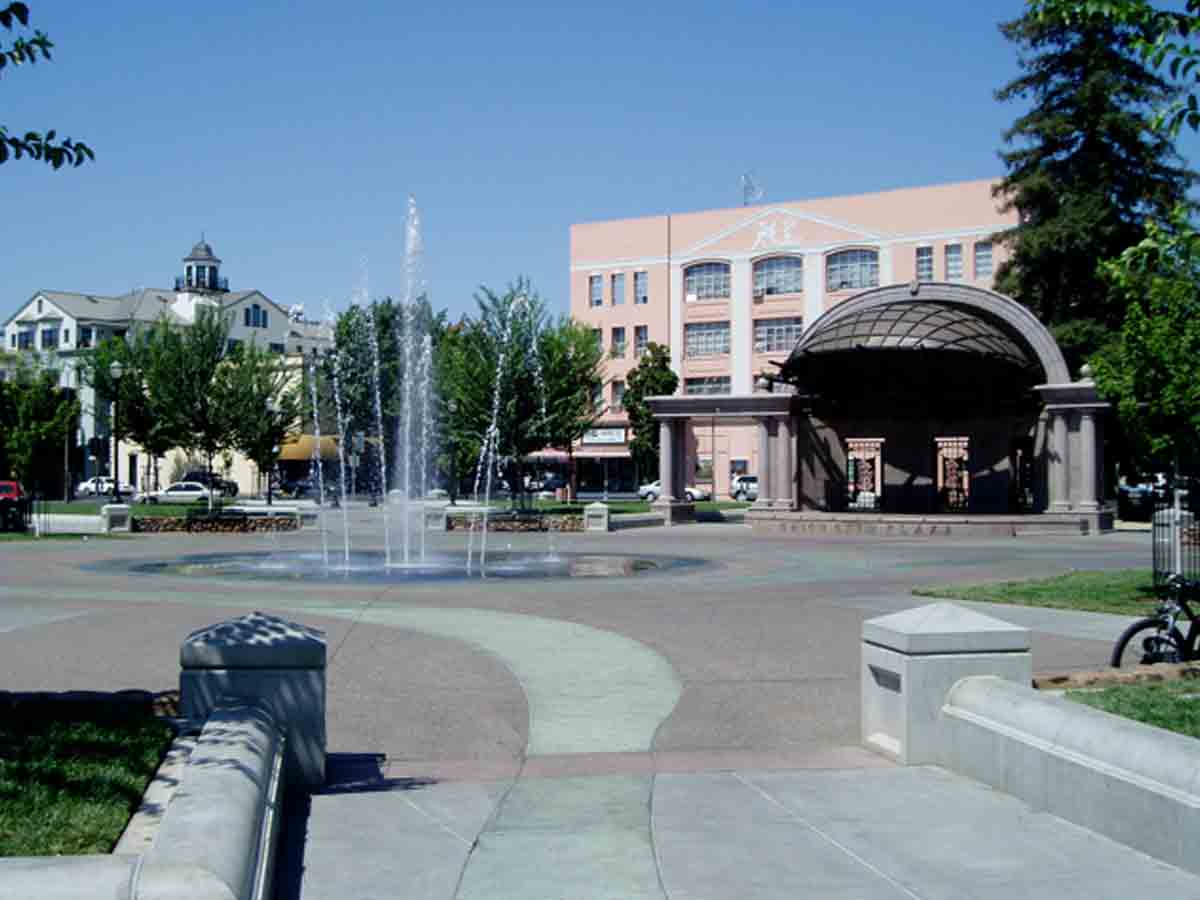
California is the most populated state in the country but that doesn’t mean that everyone is staying. After all, the cost of living is high. While most areas are showing some marginal growth in terms of population, Chico is not one of them.
Chico, California’s population has decreased by 3.8%. Located in Northern California, in 2010, the population of Chico was 220,000. By 2020, the population had reduced to 211,362. The only other metropolitan statistical area to see a decrease was Hanford-Corcoran of Southern California but it was a decrease of just 0.3%.
Leaving: Ashland, Kentucky -3.0%
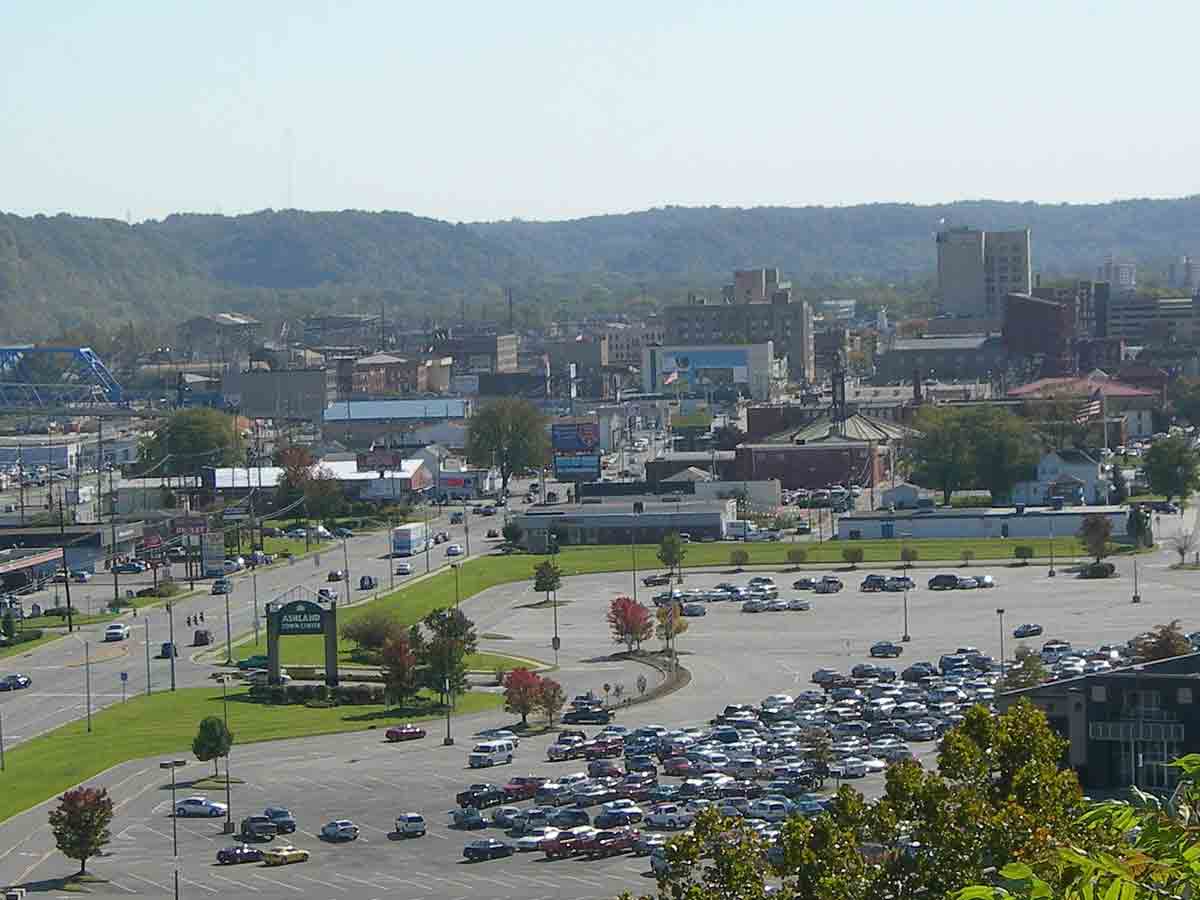
Ashland, Kentucky is part of the Huntington-Ashland metropolitan area. The city itself had a population of 21,684 in 2010 but that number decreased by over 1,000 in 2020.
The statistical area was comprised of 370,908 people in 2010. Now, it has reduced to 359,862 in 2020. This is a decrease of 3.0% and that number could shrink even more come 2030.
Leaving: Lawton, Oklahoma -2.8%
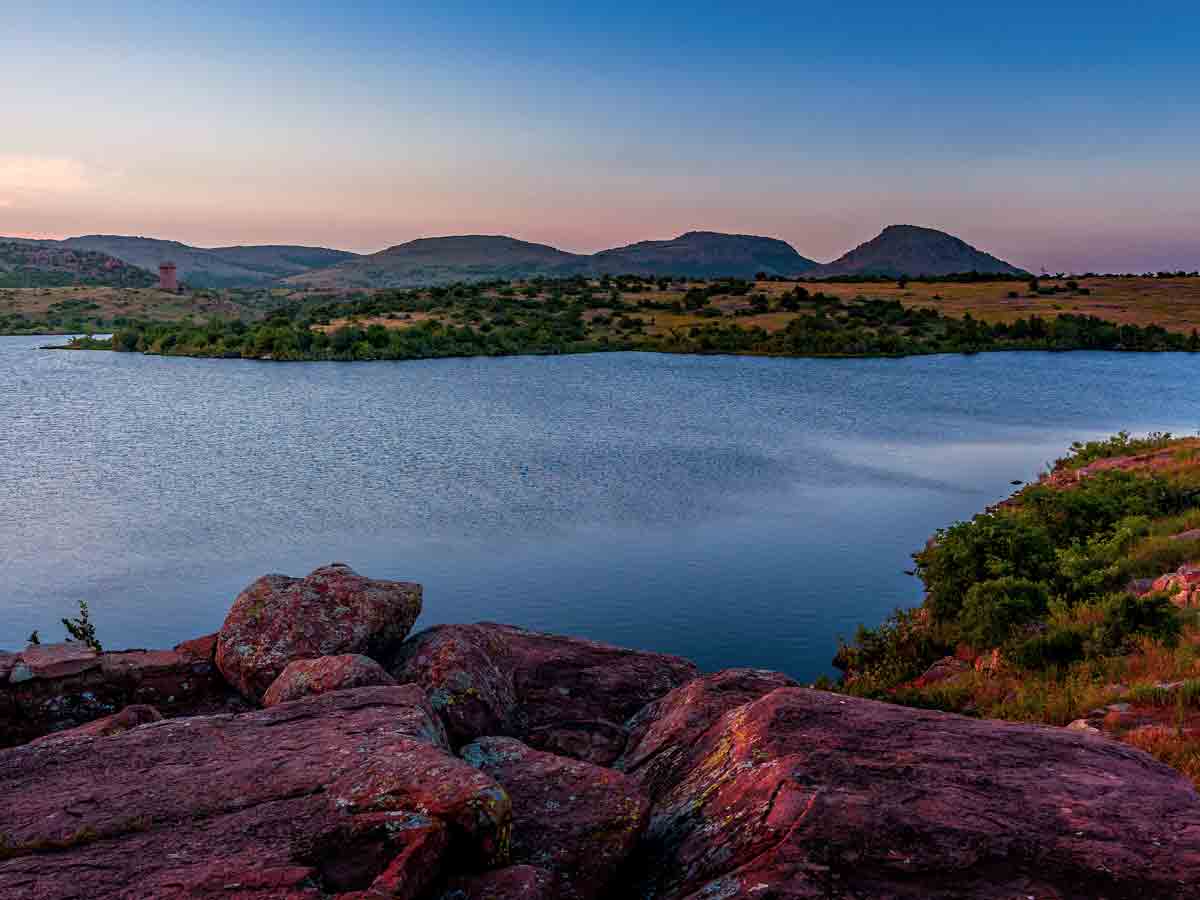
Lawton, Oklahoma has seen a 2.8% drop in its population. Then statistical area encompasses a total area of 1,069.3 square miles. In 2010, the population was at 130,291. Now, the population is 126,652 according to new data in 2020.
The city of Lawton is the fifth-largest in the state and it’s the largest in Western Oklahoma. The area was developed on the reservation lands of Kiowa, Comanche, and Apache Indians and founded by European Americans in 1901. Lawton was once the third biggest city in Oklahoma. Then, it began hemorrhaging citizens, so the city hoped annexing Fort Sill would bring it back. Turns out, that’s just a pipe dream.
Leaving: Ocean City, New Jersey -2.1%
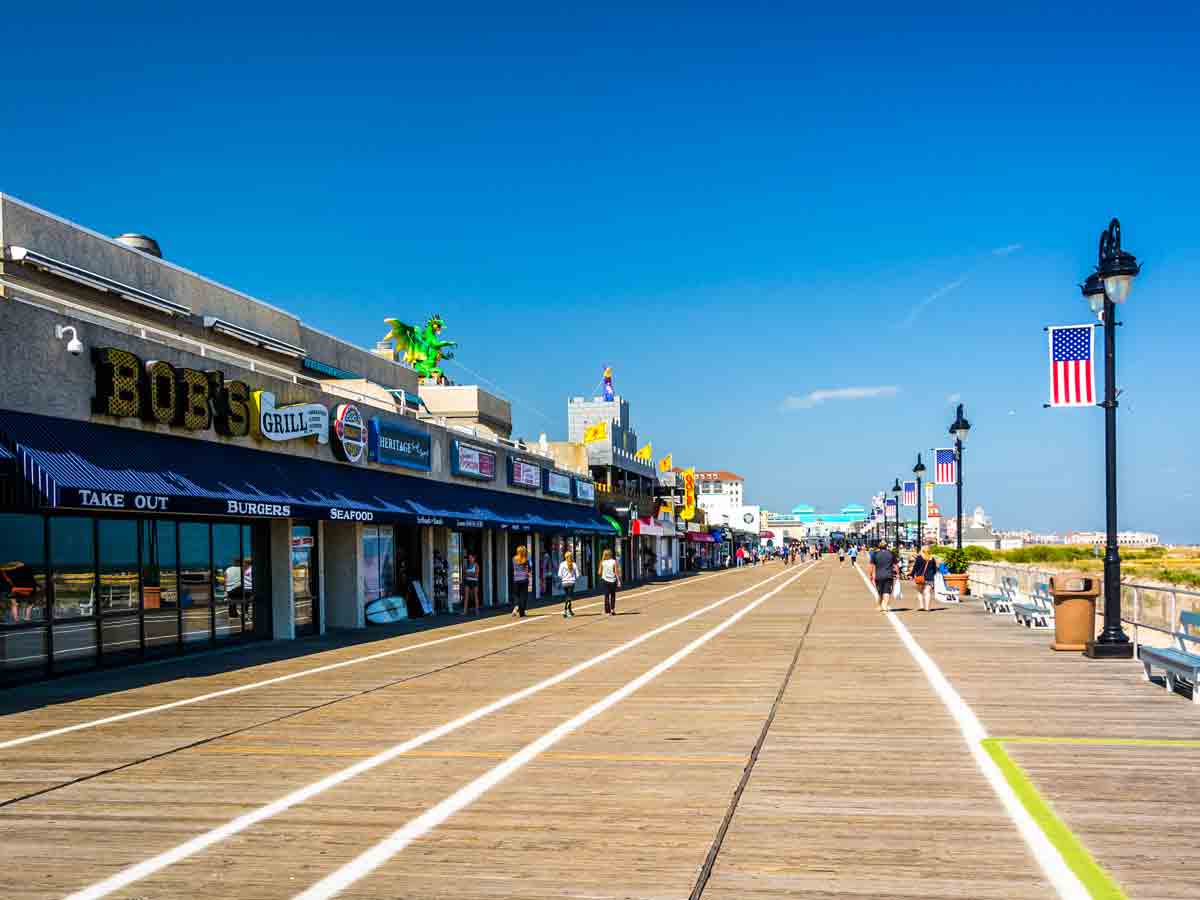
Ocean City is among the nation's fastest shrinking cities. The population of the area dropped by 2.1% since 2010. That only pales in comparison to the 2000 to 2010 statistics that showed the city itself dropped 23.9%. By 2020, the population dropped to just 11,701.
What happened? It could be because people just can’t afford to live there. Taxes in New Jersey are outrageous, and the median home cost in Ocean City is a jaw-dropping $954,771.
Leaving: Wichita Falls, Texas -2.1%

Maybe it's because of all the space or the opportunities, but Texas is another state that’s generally growing at an exponential rate. There aren’t many cities that are losing residents faster than they're gaining.
However, Wichita Falls is seeing a lot of people leaving. It has seen a 2.1% drop. In 2010, the population was at 151,306 and in 2020, the population was at 148,128. Of all the areas in Texas, Wichita Falls is only the 38th most populous city according to data from 2010's Census Bureau statistics.
Going: Nampa, Idaho +5%
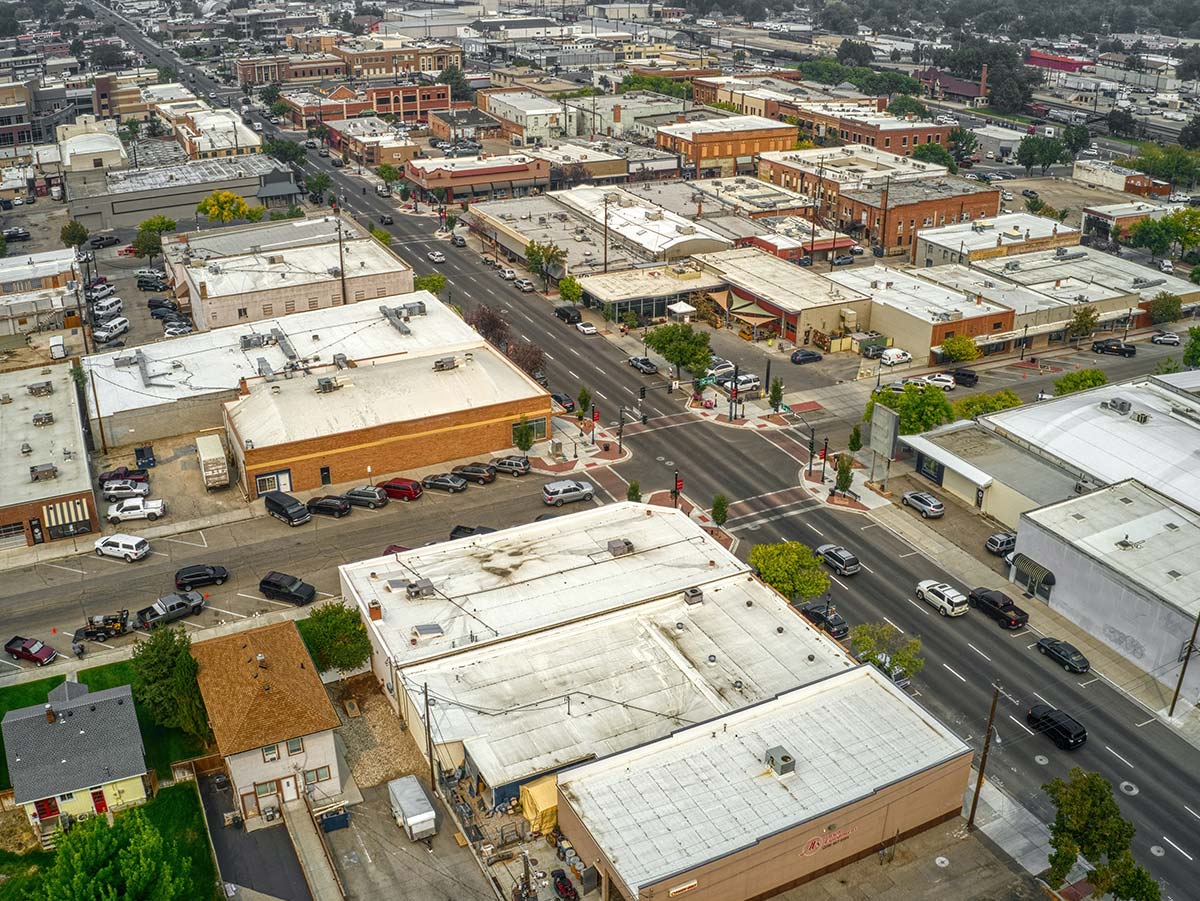
- 2021 Population: 106,186
- Yearly Increase: 5.0%
The city of Nampa is the second principal city of the Boise metropolitan area. It originates back in the 1880s when the Oregon Short Line Railroad built a line through the area. It would become an exceedingly important railroad town. It became incorporated in 1891.
In 2020, the Census revealed that there were 100,200 people living in the city. Out of that population, there were 34,164 households. As for education, the city is made up of 87.2% high school graduates and 19.9% with a bachelor's degree. There are 27 parks in the city with the largest being Lakeview Park which even has a public swimming pool.
Going: Caldwell, Idaho +5.2%
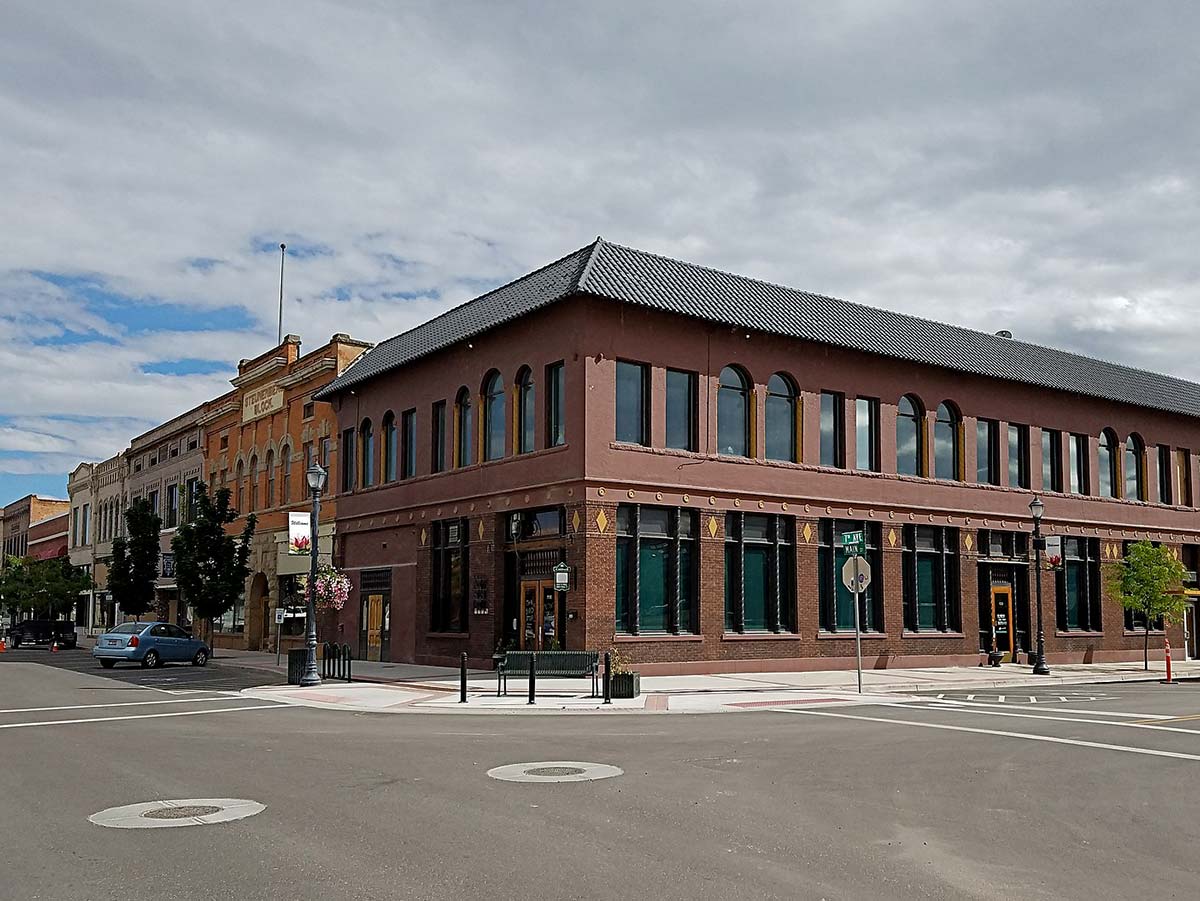
- 2021 Population: 63,629
- Yearly Increase: 5.2%
The city of Caldwell is located in Canyon County, Idaho. In 2010, it had a population of 46,237 and it has now has nearly 20K more residents. The total area encompasses 22.06 square miles of land and 0.05 square miles of water. There are 12 city parks in the area, two golf courses and a skate park, as well as a city pool.
The land was once inhabited by Native American tribes until white settlers followed the Oregon trail into the area. During the Civil War, the discovery of gold in the area brought upon even more settlers. The city of Caldwell was founded in 1883 by the Idaho and Oregon Land Improvement Company. In four months, it already had 600 residents but it had been slow to grow…until now.
Going: Meridian, Idaho +5.2%
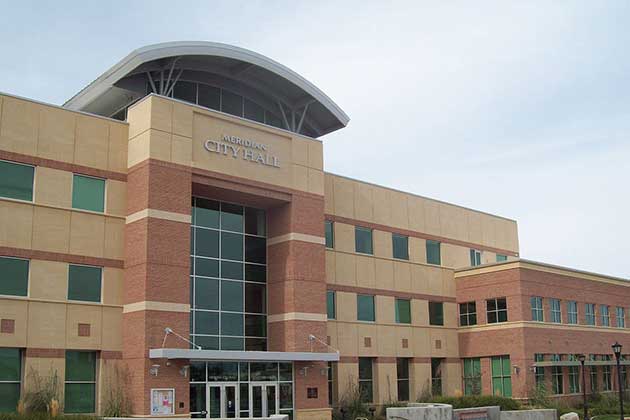
- 2021 Population: 125,963
- Yearly Increase: 5.2%
Meridian is just a stone's throw away from the Idaho capital of Boise. In 2020, the population was at 117,635, and it’s now 125,963. The average income at that time, for an individual, was $36,677. With over 250 days of sunshine and an above-average median income, what isn't to like about this city?
The area features 17 public parks and it has the largest school district in the state, the West Ada School District. Temperatures in the city are generally comfortable, not usually rising to the triple digits but it does have an all-time high of 111 °F.
Going: Port St. Lucie, Florida +5.2%

- 2021 Population: 217,523
- Yearly Increase: 5.2%
In 2020, Port St. Lucie, Florida had a population of 204,851, which means it has now grown over 13K more residents in just a year. The city’s name comes from a settlement that was founded on St. Lucia's day in 1566. However, over time, it was falsely associated with St. Lucie Village in Florida and so many people believe the name comes from that town.
Port St. Lucie has a humid tropical climate, as you would expect from Florida, and is comprised of 32 neighborhoods. The city is well-known for being the spring training home for the New York Mets and as the location of the PGA Village Golf Club.
Going: Spring Hill, Tennessee +5.4%
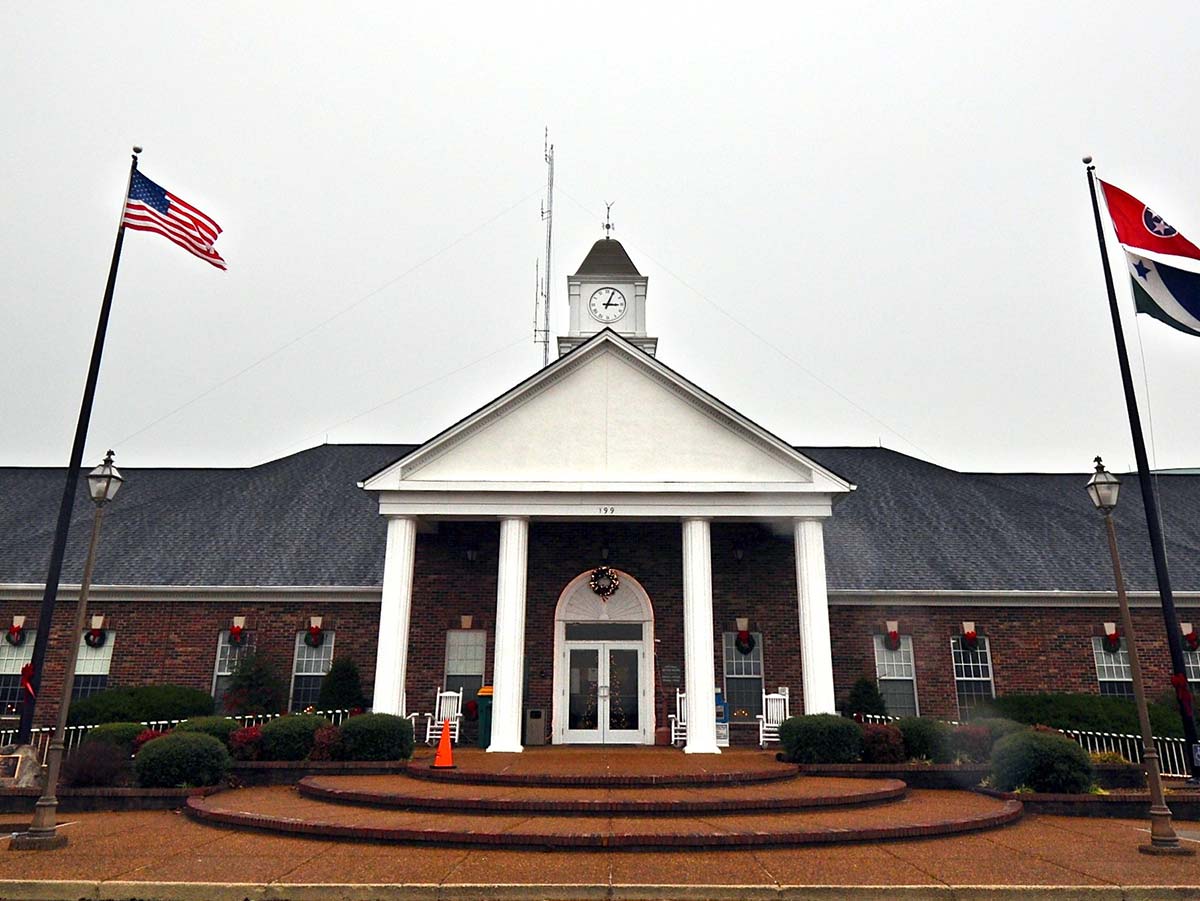
- 2021 Population: 53,339
- Yearly Increase: 5.4%
Spring Hill, Tennessee, is a city 30 miles south of Nashville. In 2020, the city had a population of 50,005. Settler inhabited the area as far back as 1808 and it was officially established as a city just a year later. Eventually, in 1864, it became a Civil War battle site.
For a multitude of reasons, Spring Hill has been growing rapidly since 2007 when the population was at 23,462. In 2010, the population was 29,036 and by 2018 it had reached 40,000 residents. As more residents come pouring into the area, it will be interesting to see the numbers in 10 years’ time.
Going: Goodyear, Arizona +5.4%
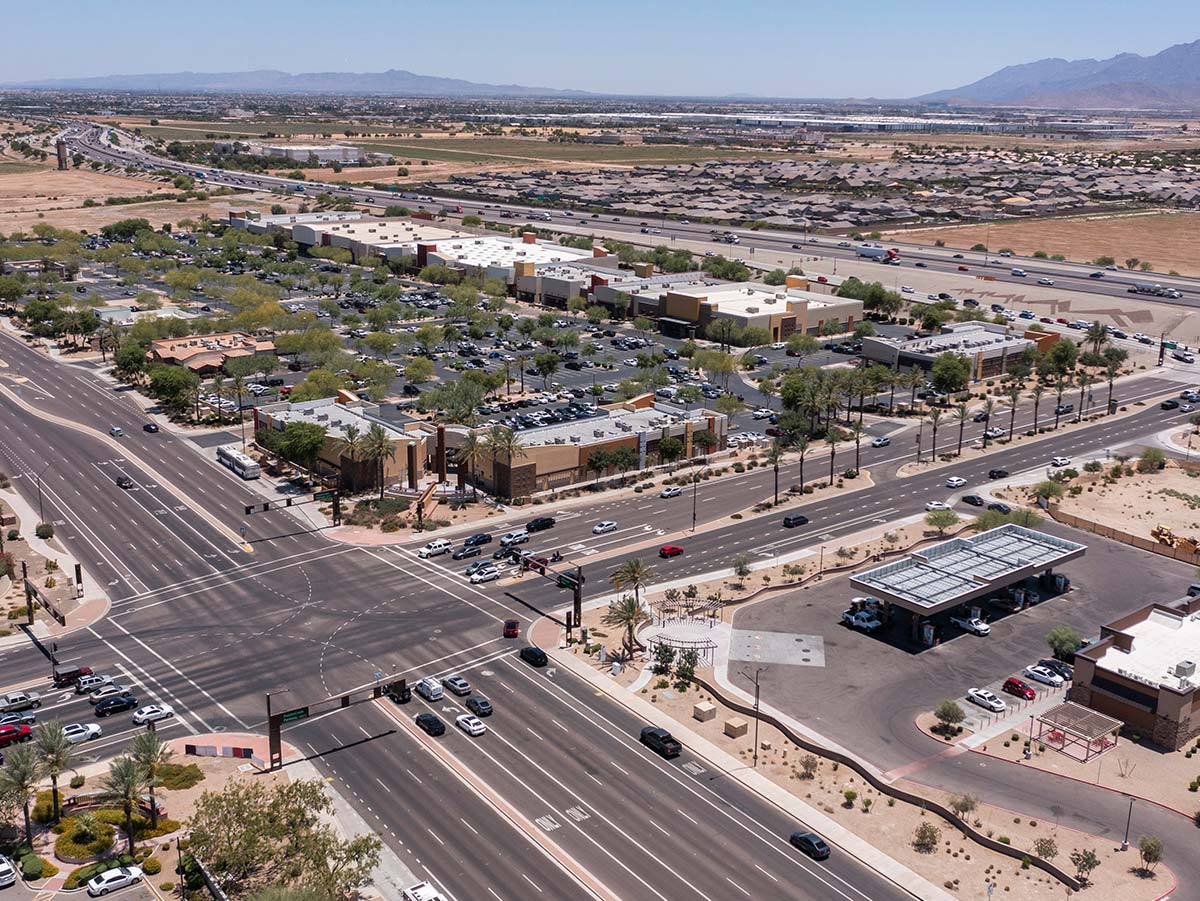
- 2021 Population: 101,733
- Yearly Increase: 5.4%
Yes, we know what you are thinking and it’s correct. Goodyear, Arizona is indeed named after Goodyear Tire and Rubber Company because they founded it. It was established in 1917 as a source of cotton for vehicle tire cords. It did not officially become a town until 1946, which at the time, had 151 homes and 250 apartments.
The population has increased exponentially over the past 20 years. In 2000, the population was at 18,911. Then it 2010, it had climbed to 65,275. In 2020, the population was estimated at 95,294, and as you can see it’s going up still. The total area of the city is 191.33 square miles, so there’s plenty room for more.
Going: North Port, Florida +5.5%
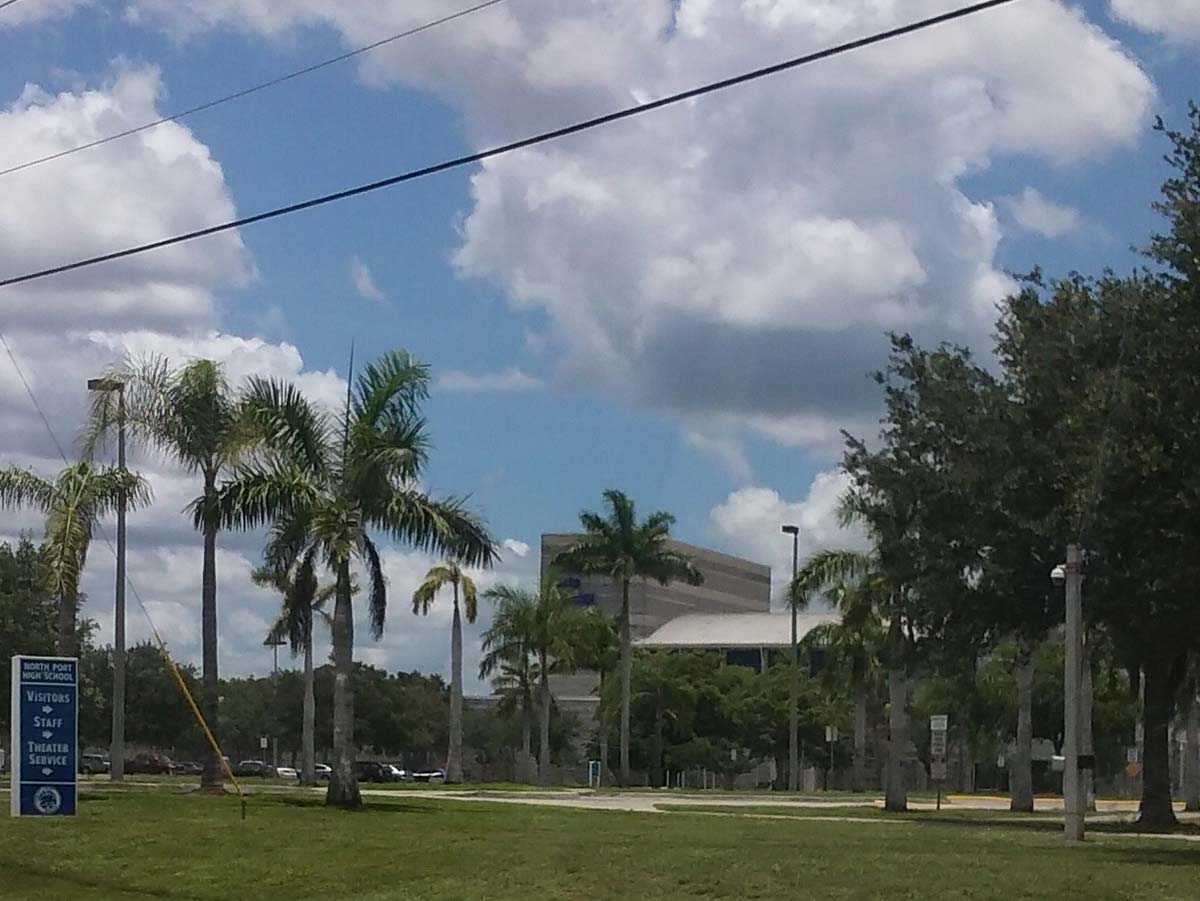
- 2021 Population: 80,021
- Yearly Increase: 5.5%
North Port, Florida had a population of 74,793 that rose to $80K in 2021. The city’s origins date back to 954 but it wasn’t incorporated until 1959. Then it was named North Port Charlotte until city residents approved of a name change to simply – North Port.
North Port is home to the American Police Hall of Fame & Museum which opened in 1960. The city has its own police force, fire department, and waste management. Additionally, there are five elementary schools, a charter school, two middle schools, one high school and a technical college.
Going: Maricopa, Arizona +6.1%

- 2021 Population: 62,720
- Yearly Increase: 6.1%
Maricopa, Arizona is a city located in the Gila River Valley. Back in the late 1800s, the area was among the most significant relay stations in the country. In the 1870s, it was at its most prosperous time. But despite being that old, it wasn’t officially incorporated as a city until 2003.
Between 2000 and 2010, the city’s population grew from 1,040 residents to 43,482, which was a growth of 4080%. The city is fairly small at 31.9 square miles. In terms of temperature, the average low is at around 54 degrees, while its average high is 89 degrees. It has a record high, however, of 124 °F.
Going: Casa Grande, Arizona +6.2%

- 2021 Population: 57,699
- Yearly Increase: 6.2%
Casa Grande is named after the Casa Grande Ruins National Monument and it was founded in 1879 during the Arizona mining boom. Casa Grande, Arizona had a city population of 55,653 in 2020. By comparison, the city has a population of 48,571 people. Out of the population, 22,400 households, and 6,547 families resided in the city.
The Casa Grande area encompasses 48.2 square miles. The hot desert climate has an average high of 88.3 °F over the course of a year. As the city looks to the future, it is currently the home of a $700 million manufacturing plant for Lucid Motors, the electric car company.
Going: Fort Meyers, Florida +6.8%
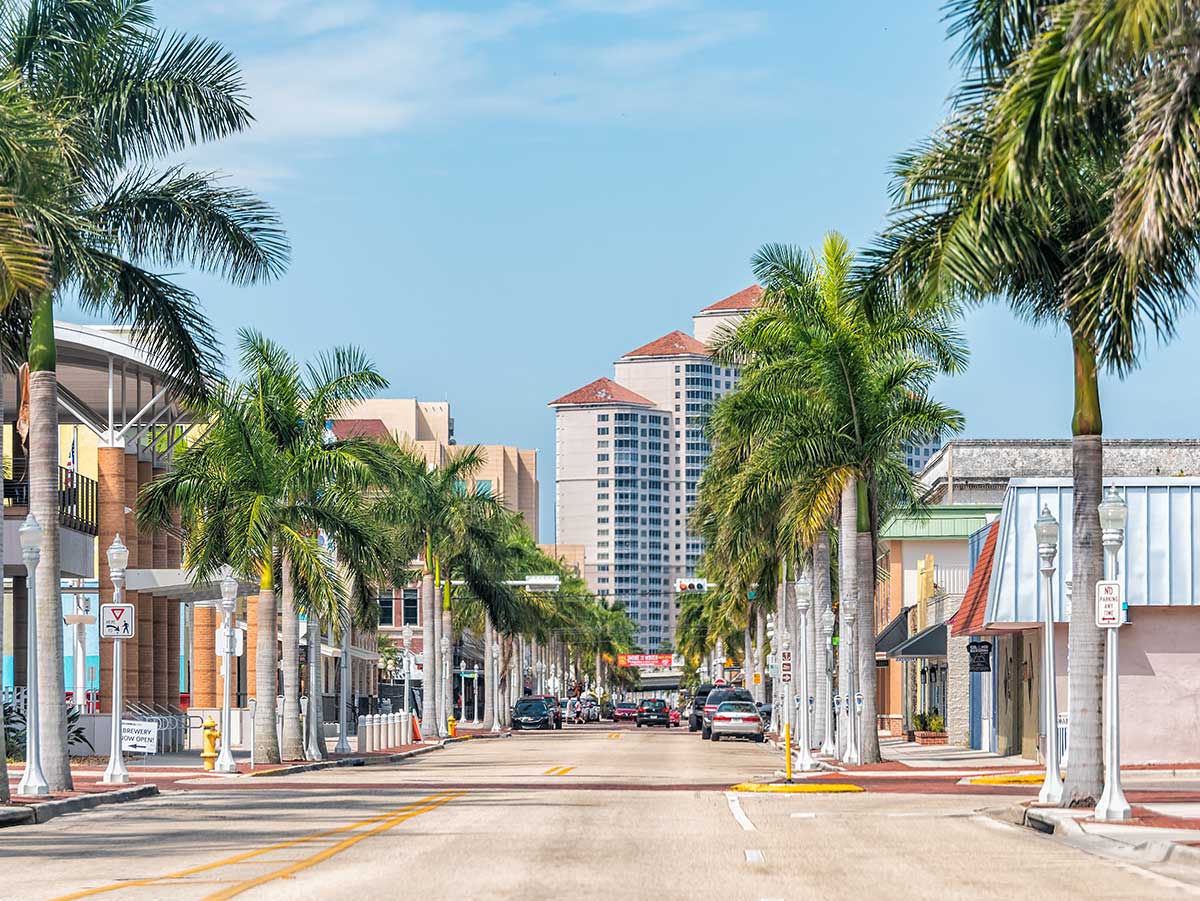
- 2021 Population: 92,245
- Yearly Increase: 6.8%
Fort Meyers is one city and commercial center that is rapidly growing. In 2010, the population was at 62,298 until it rose to 86,395 in 2020. It has a record high temperature of 103 degrees but an average high of 84.9 degrees each year.
The city originates back in the Second Seminole War – a war between the United States government and the Seminoles. It also served as a base of operations for the Confederates during the Civil War. It’s major historical attractions, however, are the winter estates of Thomas Edison and Henry Ford.
Going: New Braunfels, Texas +8.3%

- 2021 Population: 98,857
- Yearly Increase: 8.3%
New Braunfels is just outside of San Antonio. You might know the city as the home of Schlitterbahn, the "Cedar Point" of water parks. Besides its summer weather activities, the city also hosts a German festival every November known as Wurstfest.
In 2020, New Braunfels had a population of 90,403. A surge of over 8,000 is quite a bit when you consider the city is only 44.9 square miles. Established in 1845 by a German prince, the city is rich in German culture and it’s also the location of Buc-ee's gas station – the largest gas station in the world.
Going: Buckeye, Arizona +8.6%

- 2021 Population: 101,315
- Yearly Increase: 8.6%
Buckeye is a western suburb of the Phoenix metro area. Not only has the city (newly upgraded from a "town") seen explosive growth last year, but Buckeye has also grown 938.3% since the year 2000!
Currently, there are 30 master planned communities designed to accommodate the growing population of Buckeye. The location is ideal for those that hate the cold as it offers a warm climate, even during the winter months where it is not usually cooler than 68 degrees Fahrenheit.
Going: Queen Creek, Arizona +8.9%
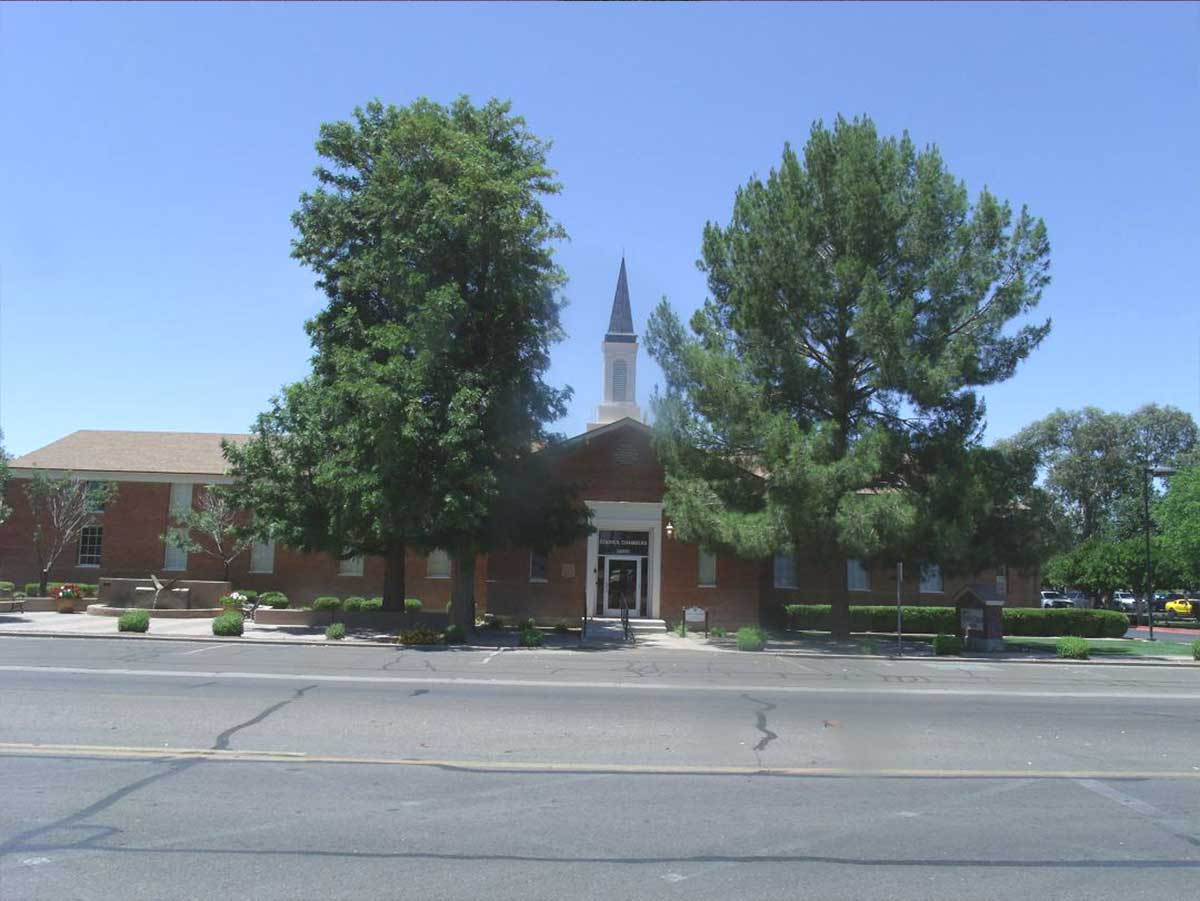
- 2021 Population: 66,346
- Yearly Increase: 8.9%
Queen Creek Arizona had a population of 59,519 in 2020, which has now increased to 66,346. In 2010, that number was less than half that at 26,361. The suburban area is a part of Phoenix , Arizona in the furthest southeast area of the Phoenix metropolitan area.
The total area of the city is 40.8 square miles and there’s a population density of 940.2 inhabitants per square mile. Queen Creek has six public school districts, as well as charter and private schools, showing how important education is to its residents.
Going: Leander, Texas +10.1%
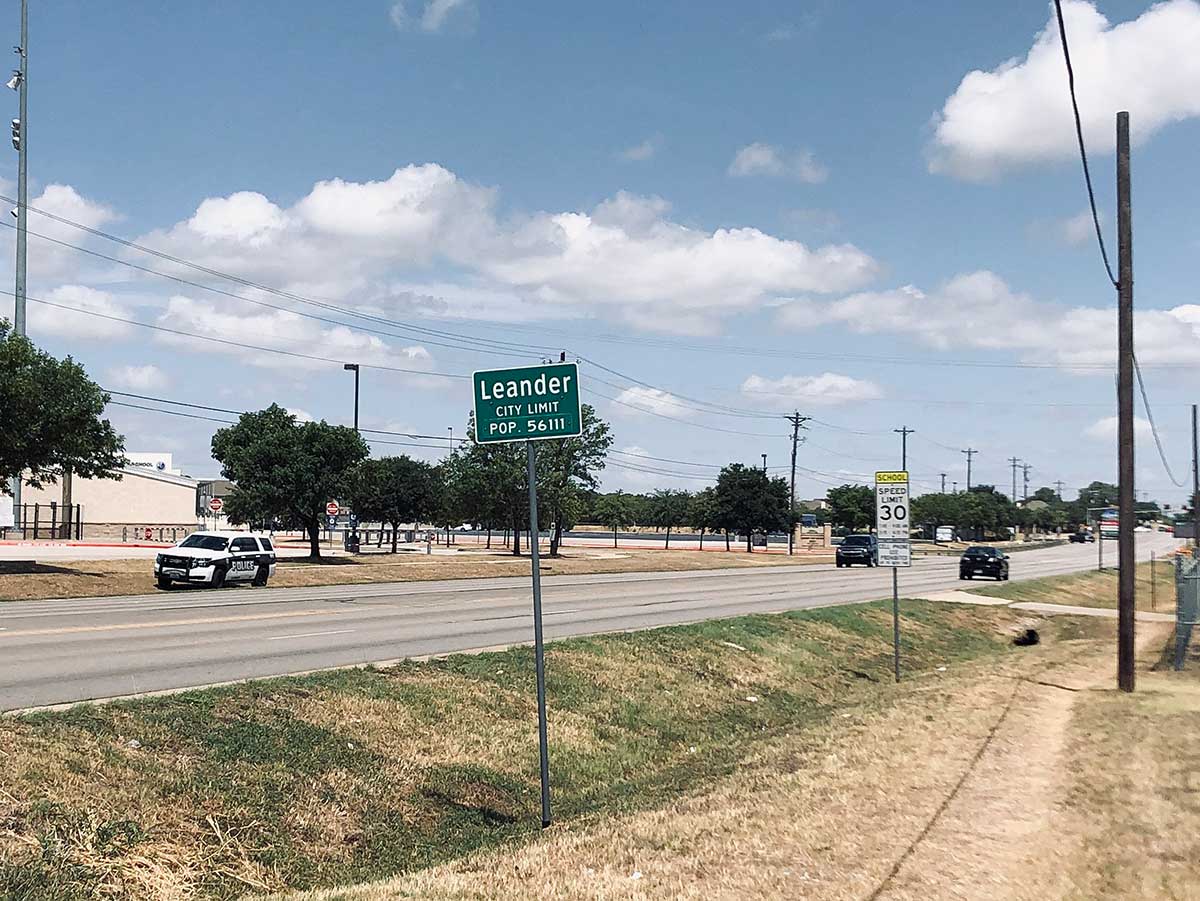
- 2021 Population: 67,124
- Yearly Increase: 10.1%
Leander, Texas is now the fastest-growing city in the United States. In 2010, its population was just 26,521. Then, in 2020, the population doubled at 59,202. Today, there are 67,124. The 10.1% yearly population increase is having quite the impact.
Established in 1882, the city is the home of Leanderthal Lady, or rather the remains of a prehistoric woman discovered in the 1980s. The remains are said to be over 10,000 years old. It is also the center of the Leander Independent School District, which is made up of about 24 schools.
Going: Georgetown, Texas +10.5%
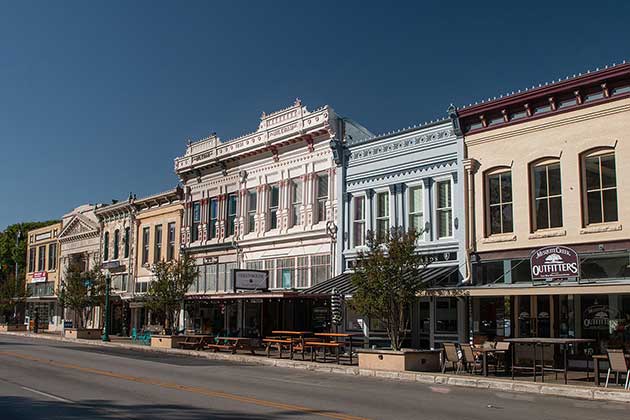
- 2021 Population: 75,420
- Yearly Increase: 10.5%
The top two spots go to cities located near Austin, Texas. About 30 minutes north of downtown, Georgetown is noted for its red poppy flowers and the Victorian architecture of both businesses and residences.
In 2020, the city was already thriving with a population of 67,176 and now that number has grown to 75,420 as of 2021. The city is also notable as a retirement hub thanks to Sun City Texas, a community for only those aged 55 or older that boasts 13,000 residents.
 Author
Jennifer Freehill
Last Updated: January 03, 2026
Author
Jennifer Freehill
Last Updated: January 03, 2026